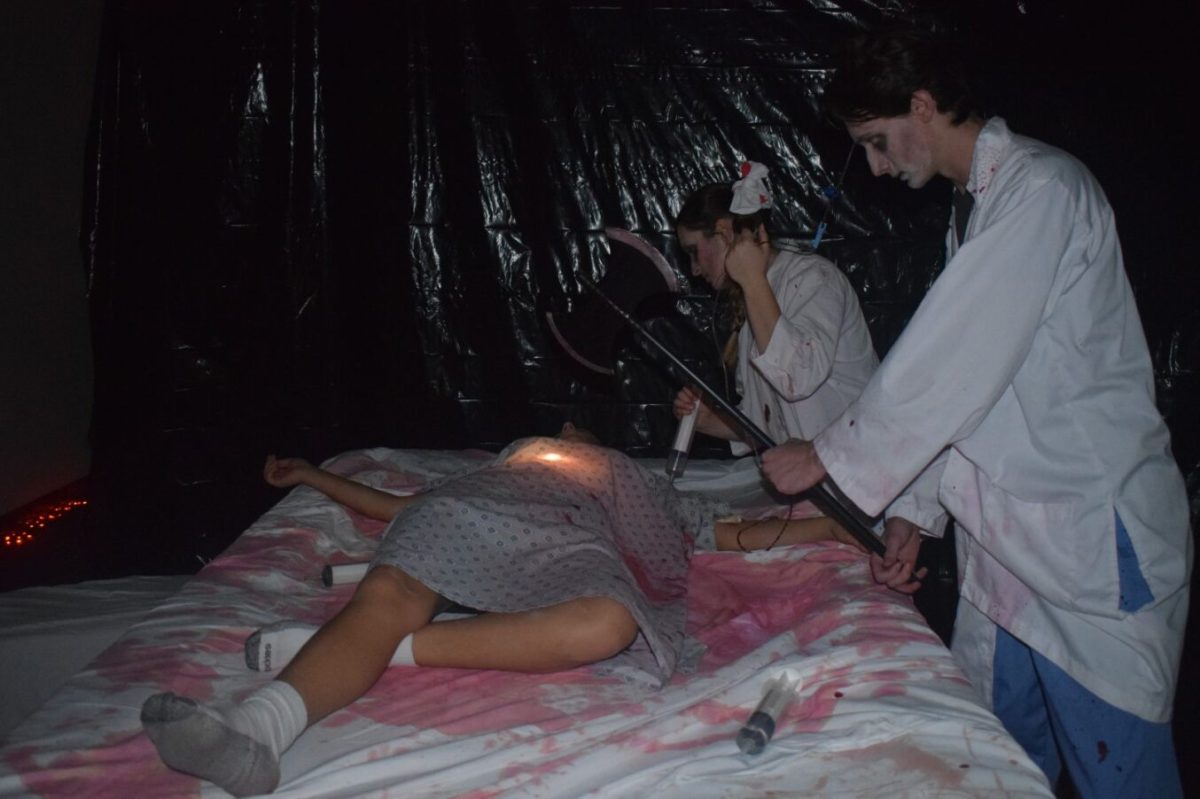Michaela Gaffke / Winonan
This past week, Kate Jenkins, a Winona State University sociology professor, discussed how adults diagnosed with autism use the internet as means of understanding and learning about their diagnosis and finding a sense of community with others like them.
Jenkins discussed her research in in Stark Hall titled “Emerging Emergence: The Role of Digital Life in Coming to Autism as an Older Adult.” Her presentation focused on adults who were diagnosed with autism as adults, because many people over 40 years old were not properly diagnosed while they were children.
Autism was once considered a personality disorder for people ages 40 to 80 years old, and around 10 million of the people in this age group are living with undiagnosed autism, according to Jenkins. She wanted to study the “missing bodies population,” which are those who were not diagnosed with autism as children. Autism is no longer considered a personality disorder, but a developmental disorder.
Jenkins conducted 11 interviews of people diagnosed with autism over the age of 40 years old. She also surveyed approximately 150 adults with an average age of 53. Ninety-six percent of those surveyed sought some aspect of the digital community around autism. Eighty-six percent of those are involved with autism-specific websites. Sixty percent read blogs written by autistic people. Twenty-nine percent were active in mass emails related to autism.
Older adults can use these websites to decrease their risk of social isolation, share health information and manage their health status and feelings of self-efficiency. They are able to meet their psychological needs such as information swapping, socializing or managing aging. People who are immigrants are able to cultivate social networks among fellow members of their marginalized group, according to Jenkins.
People with autism are able to share experiences with each other without having face-to-face human contact. These people learn how to understand themselves through social media.
Online communication is augmented communication, which is fundamentally autistic communication, Jenkins said.
Some of the respondents expressed a few downsides to the online presence they experienced. These downsides include discrimination against other marginalized groups, socially awkward people talking to socially awkward people, social issues being debated, people who are not autistic talking about “curing” autism and geared towards young people with an underrepresentation of older people.
Jenkins has been studying autism from a sociological perspective since she was an undergrad.
“I hope to do new interviews for this project to expand on certain topics,” Jenkins said.
She hopes to interview more men because of the 11 interviews, two were men, and would like to see differences in experiences from that of women or gender non-conforming people.
Jenkins is also working on multiple articles that will be published.
“I am comparing the experiences of older adults with autism to the experiences of those with dementia for a handbook on the queer theory approaches to neurological differences and working on an article on how my interview participants described their bodies in relation to an autism diagnosis,” Jenkins said.
Jenkins is also working with student Duane Stoda to compare older adults who come out as transgender, to older adults who emerge as autistic in later life, and to determine the impact that autism could have on an individual’s gender identity.
-By Michaela Gaffke








































